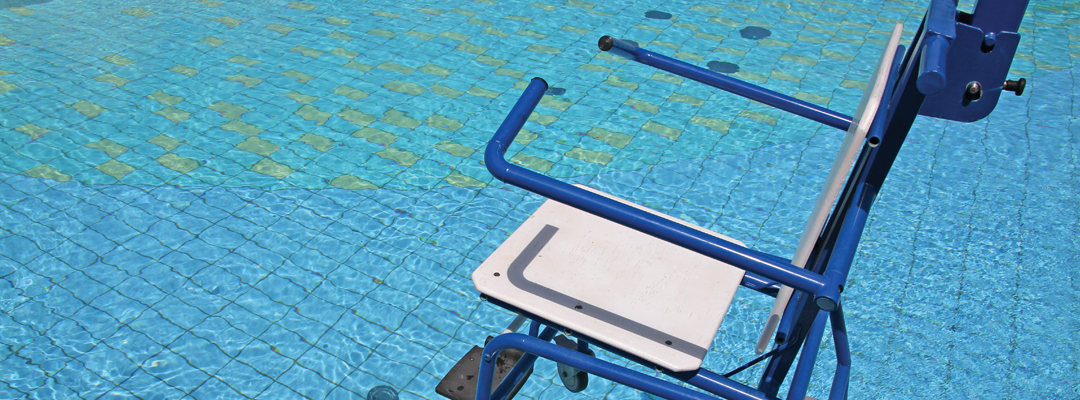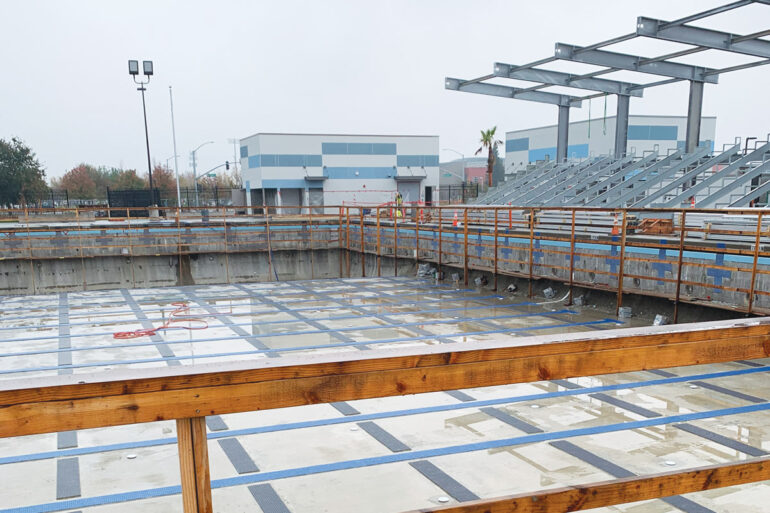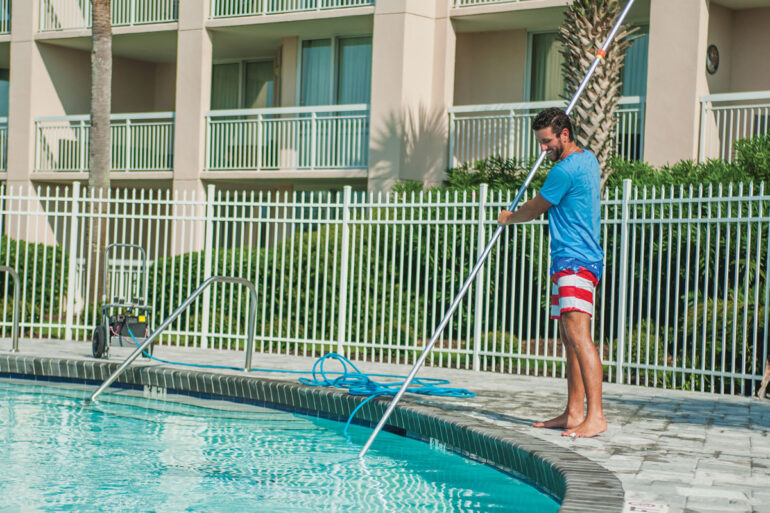ADA Compliance for Public Pools

By Stacy Fender
More than 20 years after Congress passed the Americans with Disabilities Act, the Department of Justice expanded the law’s scope with new standards governing accessibility for public pools. The rule was scheduled take effect in 2012, but implementation was extended to January 31, 2013, to avoid closure of pools around the country as owners scrambled to interpret and comply with the regulations.
Yet even today, many pool owners don’t understand the law or realize how they may be affected. Experts say uncertainty about what makes a pool public is part of the problem.
The ADA standards apply to all pools owned by municipalities, hotels and motels, health clubs, schools and universities, and those at government facilities.
Pools at private homes are exempt. Pools that belong to homeowners’ associations, apartments, condos and private clubs are exempt, too. But there’s a big “if” associated with the latter group, which often leads to confusion.
“The rule of thumb is that if these facilities restrict the use of their pools to residents or members and their guests, they are not under ADA jurisdiction,” says Don Cesarone, commercial division vice president with Van Kirk and Sons Pools and Spas in Deerfield Beach, Florida. “However, if any of these facilities provide public accommodation, they relinquish that exemption.”
Situations that would make an otherwise private pool public include a/an:
Condo complex that also operates as a hotel
Apartment or HOA that sells pool memberships
HOA that hosts pool meets, including swimmers from outside its community
Private club that rents its pool to outside individuals or organizations
Once you know if ADA guidelines are applicable to a pool, understand how the rules should be implemented at that facility. “As a pool contractor, the owner is relying on you as the professional to make sure their project complies with all local, state and federal codes and laws,” Cesarone says.
Under the guidance, Title II includes the regulations for local and state government-owned facilities, including parks and recreation departments, public schools and universities. Title III covers privately owned facilities that offer public accommodation: hotels, health clubs, private schools and community centers. Private pools that have waived their ADA exemptions due to their operating procedures also fall under Title III.
Pool compliance with the law varies, depending on type and size. For most swimming pools, those with 300 linear feet of pool wall or less must have one ADA-compliant access point: a chair-style pool lift installed in accordance with the standard.
Pools with more than 300 linear feet of pool wall must offer two accessible means of entry: a lift, and a secondary entry system, either ADA-compliant steps with two rails, a transfer system with grab bars or a zero-entry.
When you’re constructing a new pool, it’s important to plan with the law in mind. But for many pool owners, retrofitting an existing pool to fall within the guidelines quickly becomes a project much bigger in scope than they imagined — complete with a larger-than-expected financial burden. Typical issues include pool decking that’s not wide enough to accommodate a lift, or narrow pool steps that don’t meet width requirements.
“Steps leading into older pools are typically too small to convert to an approved entrance, forcing the owner to totally redo the steps…and the interior finish of the pool,” Cesarone says.
The ADA includes a “readily achievable” exclusion to ease the burden on pool owners who can’t make the necessary changes without undue difficulty or expense. However, the DOJ prefers owners using this exemption have a plan to bring the pool into compliance at a later date. Additionally, individuals may challenge this exemption in a court of law.
If your client has concerns regarding the law, first assess the project thoroughly to determine what’s needed to bring it into compliance, Cesarone says. Second, focus on minimizing costs while bringing a pool to code. “Make sure you understand what’s required and what pools are under obligation to comply with the ADA,” he says.
Your clients are counting on you to fully understand the law — even if they don’t yet realize they need to.






